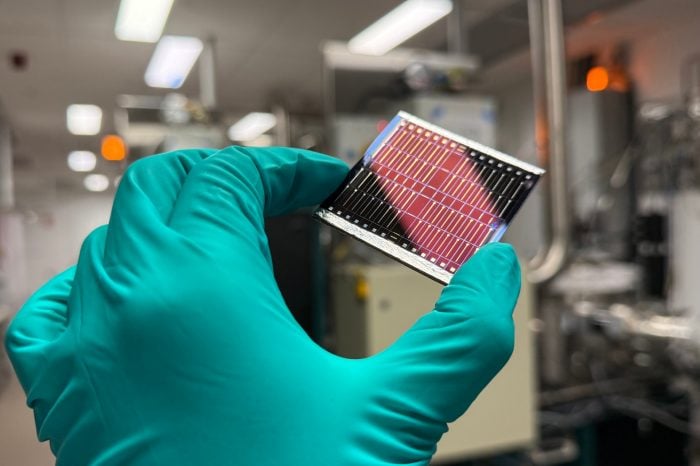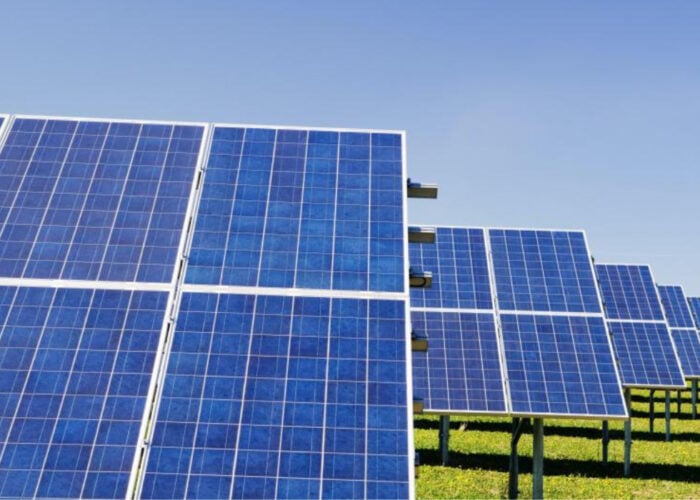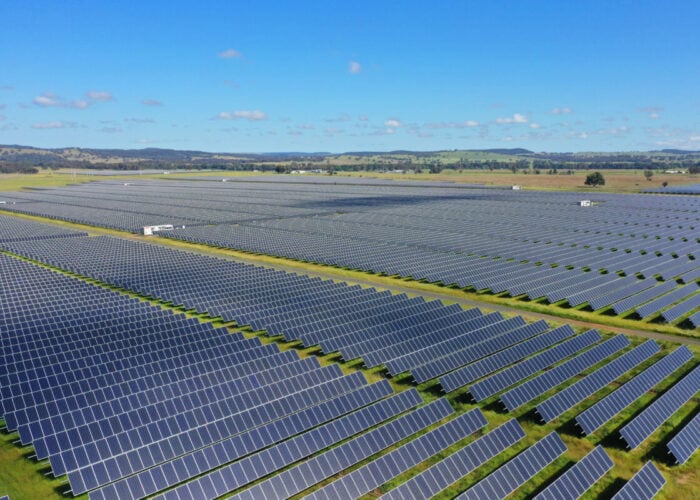
Engineers at Australia’s University of New South Wales (UNSW) have claimed to have achieved a new world record for photovoltaic efficiency using high-bandgap kesterite solar cells (CZTS).
The university revealed earlier today (28 January) that scientia professor Xiaojing Hao and the team from UNSW’s School of Photovoltaic and Renewable Energy Engineering have achieved a best-ever efficiency of 13.2% for high-bandgap kesterite solar cells enhanced with hydrogen.
Unlock unlimited access for 12 whole months of distinctive global analysis
Photovoltaics International is now included.
- Regular insight and analysis of the industry’s biggest developments
- In-depth interviews with the industry’s leading figures
- Unlimited digital access to the PV Tech Power journal catalogue
- Unlimited digital access to the Photovoltaics International journal catalogue
- Access to more than 1,000 technical papers
- Discounts on Solar Media’s portfolio of events, in-person and virtual
Or continue reading this article for free
Kesterite, used to create CZTS, is a naturally occurring mineral that can be artificially created at low cost by combining copper, zinc, tin and sulphur. This also helps to create non-toxic solar cells.
Previous research has shown that kesterite material fulfils the prerequisites for high-efficiency solar cells. CZTS technology is able to maintain its photovoltaic performance over a longer period of time and has been touted as a potential improvement for silicon-based PV technology.
Despite its potential, CZTS efficiency has been long hampered, largely by the number of defects created during production, which the UNSW researchers said is hard to avoid. The researchers helped to solve this problem by annealing – also known as heat-treating – the CZTS solar cell device in an atmosphere that contains hydrogen.
“Silicon modules have almost reached the limit of their theoretical efficiency, so what we are trying to do is answer the question coming from the PV industry as to what the next generation of cells will be made of,” Hao said.
“And as well as that, how can we make solar panels less expensive to manufacture, and how can we get more electricity per area so the panels can be particularly beneficial for area-limited PV applications?”
Hao added that the research is aiming to improve the efficiency of solar PV modules and help generate greener and cheaper renewable electricity.
Hydrogen helps solve CTZS defects
Readers of PV Tech may be aware that the efficiency of CZTS has remained around the 11% mark for several years. The introduction of hydrogen into the production method has helped achieve this record efficiency and could form the foundation of future research efforts.
“In basic terms, to create CZTS, you take copper, tin, zinc and sulphur and ‘cook’ them all together at a certain temperature, which turns it into a material you can use as a semiconductor,” Hao said.
“Because hydrogen is modulating the defects within CZTS, that’s what helps increase its efficiency in terms of converting sunlight into electricity.”
Hao now hopes the breakthrough will aid researchers looking to boost CTZS efficiency and break the 15% threshold in the next year. The technology would then be commercialised by 2030.







